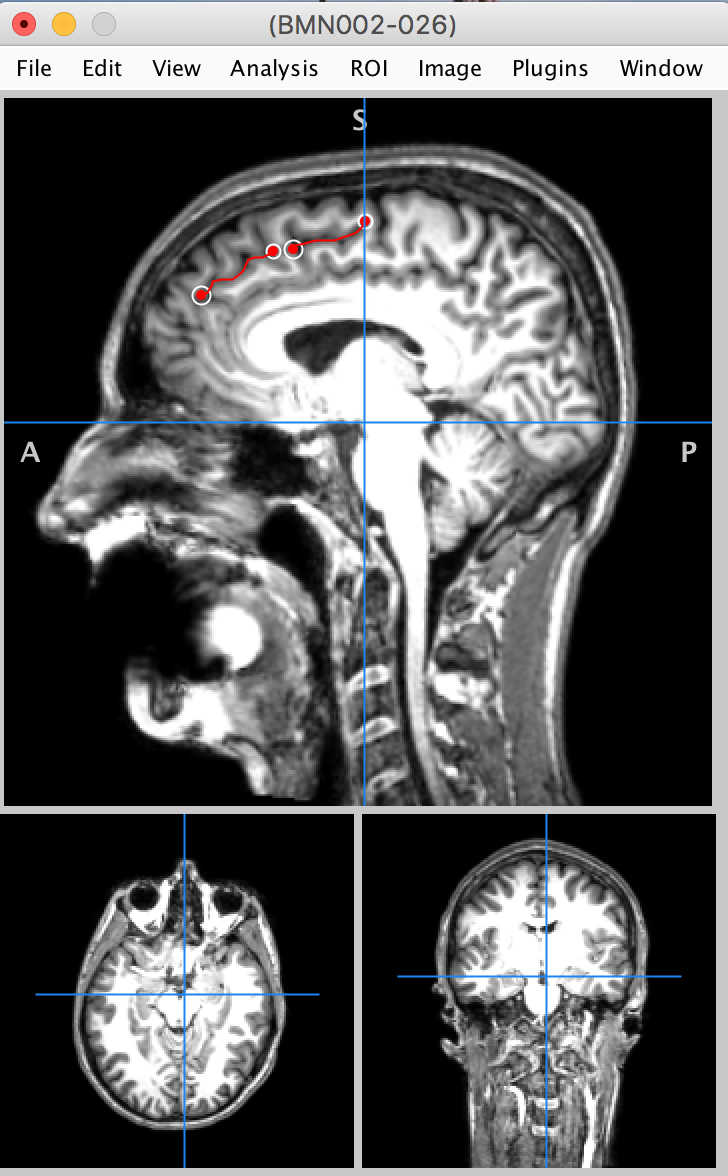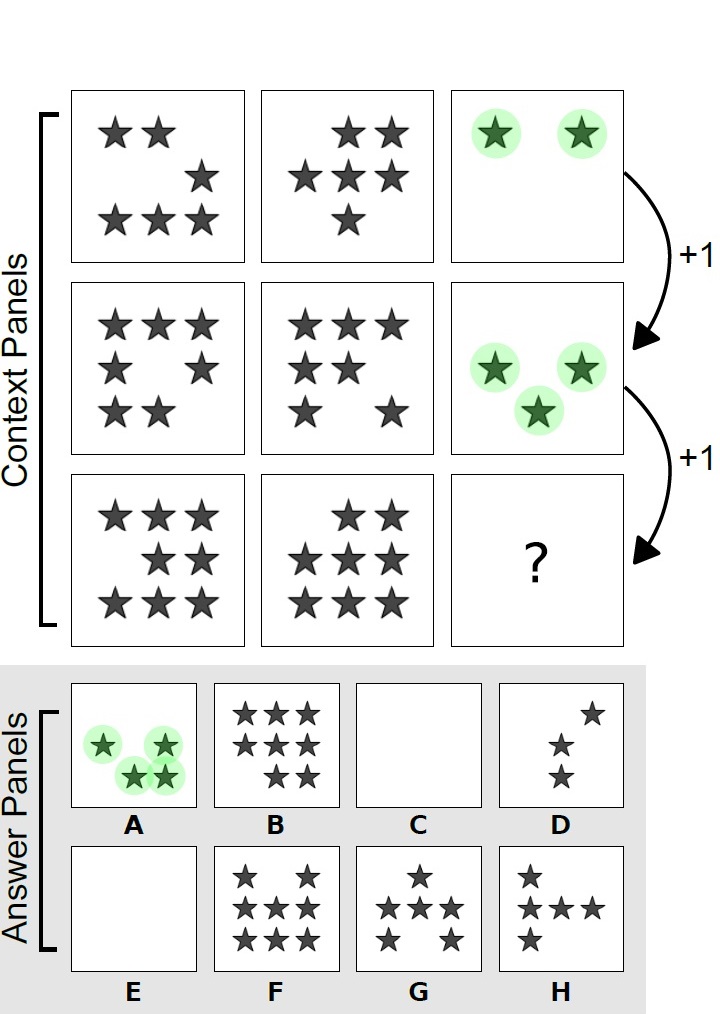The paracingulate sulcus (PCS) is a fold in the brain’s cortical surface that lies along the region where the two hemispheres meet. This sulcus is highly variable between individuals: the PCS is present in around 25% of brain hemispheres examined, to a greater or lesser extent. Specific structural features of the PCS have been associated with experiencing hallucinations in schizophrenia (Garrison et al., 2015) and semantic fluency in psychosis (Clark et al., 2010), among other psychiatric and psychological phenomena. Previous work to characterise PCS morphology has involved either manual tracing of the sulcus, when present, on 2D brain images, or semi-automated use of imaging software (BrainVISA) that can automatically segment the brain’s sulci, but requires manual intervention to identify the PCS.
This project will involve developing a machine learning approach to identify and characterize the PCS from T1 structural MRI scans. Training data will be provided in the form of either 2D or 3D (graph or volume format) labels of the PCS. The output required will be (1) identification of whether the PCS is present or absent, (2) provision of morphological variables including PCS length, and (3) segmentation and identification of PCS location on MRI images. A classification approach (determining whether the PCS is absent, present, or prominent) or a segmentation approach (identifying the voxel location and length of the PCS) could be used, dependent on feasibility, with preference to the latter. Preference is also given to a method that allows user interpretation of output features. A fully automated method for characterizing the PCS will enable large-dataset exploration of the role of the PCS in psychiatric psychopathology.
1. Garrison JR, Fernyhough C, McCarthy-Jones S, Haggard M, Australian Schizophrenia Research B, Simons JS. Paracingulate sulcus morphology is associated with hallucinations in the human brain. Nat Commun 2015; 6: 8956.
2. Clark, G. M. et al. Paracingulate sulcus asymmetry; sex difference, correlation with semantic fluency and change over time in adolescent onset psychosis. Psychiatry research 184, 10–15, doi: 10.1016/j.pscychresns.2010.06.012 (2010).

Raven Progressive Matrices is a type of diagrammatic reasoning problem where diagrams are given as a 3-by-3 matrices, with the bottom-right corner empty. Testers are asked to fill in the empty box with given answer candidates based on relations present in other context diagrams. See the image for an example. Current methods, such as in [1], formulate this task as a supervised classification task. However as relations are already given in the context diagrams, we don't need the answer candidates to be able to tell what are the relations present in the tasks. We can formulate this as an unsupervised learning task using methods such as Generative Advesarial Networks [2] to learn to encode diagrams into relations in an unsupervised way.
1. Barrett, D., Hill, F., Santoro, A., Morcos, A., & Lillicrap, T. (2018, July). Measuring abstract reasoning in neural networks. In International Conference on Machine Learning (pp. 511-520).
2.Radford, Alec, Luke Metz, and Soumith Chintala. "Unsupervised representation learning with deep convolutional generative adversarial networks." arXiv preprint arXiv:1511.06434 (2015).
